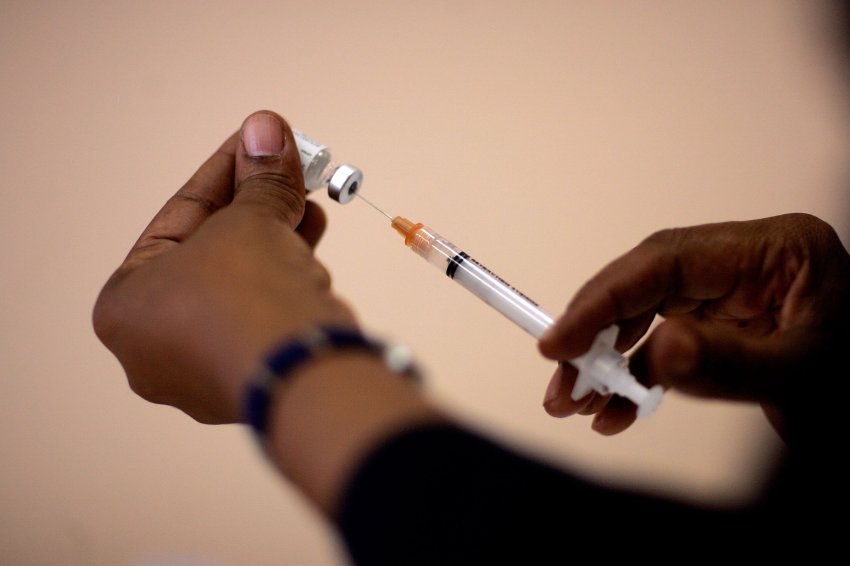A Vaccine Against COVID-19 Would Be the Latest Success in a Long Scientific History
 Here’s betting you wouldn’t want anyone blowing smallpox scabs up your nose. But you might feel differently if you lived in 15th century China.
Here’s betting you wouldn’t want anyone blowing smallpox scabs up your nose. But you might feel differently if you lived in 15th century China.
Long ago, the Chinese recognized that people who had contracted smallpox once were immune to reinfection. They came up with the idea of preserving scabs from individuals who had suffered mild cases, drying them out, crushing them to a powder and blowing them up the nostril. For boys it was the right nostril, for girls it was the left because, well, 15th century.
That is how the story of vaccines usually begins, though that version is decidedly incomplete. For one thing, it’s unclear how effective the early efforts at inoculation were. For another, no one knows just when the practice began, with some accounts pegging the date as long ago as 200 BCE. Scattered, less reliable stories of similar vaccination efforts have been reported in India and Africa too, but the evidence there is much thinner. So hat tip to Ming dynasty China, which apparently got the vaccine bandwagon rolling.
Vaccination is much on the world’s collective mind today as researchers at pharmaceutical companies and universities race to develop a way to prevent the continued spread of COVID-19. The most optimistic projections suggest a vaccine could be in hand by January; other, more cautious predictions see a wait of at least 18 months./.../
No comments:
Post a Comment